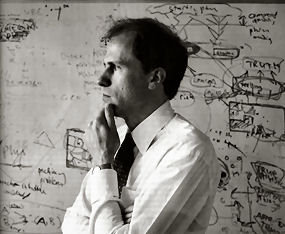
In 2003, British philosopher Nick Bostrom (pictured) published a probabilistic analysis examining the possibility that we might all be living in a computer simulation. His conclusion – that we quite likely are living in a computer simulation – might soon be put to the test with experiments proposed by University of Washington physicists.
In Bostrom’s original work, he argues that at least one of the following propositions is true:
- (1) the human species is very likely to go extinct before reaching a “posthuman” stage;
- (2) any posthuman civilization is extremely unlikely to run a significant number of simulations of their evolutionary history (or variations thereof);
- (3) we are almost certainly living in a computer simulation. It follows that the belief that there is a significant chance that we will one day become posthumans who run ancestor-simulations is false, unless we are currently living in a simulation.
So, if we are in a simulation, is it possible that we could know that for certain?
University of Washington physics professor Martin Savage believes that with current limitations and trends in computing, it will be decades before researchers will be able to run even primitive simulations of the universe. But he has suggested tests that can be performed now, or in the near future, that would expose tell-tale signs of the simulation. Specifically, those tests would reveal constraints imposed on future simulations by limited resources.

Eventually, he says, more powerful simulations will be able to model on the scale of a molecule, then a cell and even a human being. But it will take many generations of growth in computing power to be able to simulate a large enough chunk of the universe to understand the constraints on physical processes that would indicate we are living in a computer simulation.
However, Savage says there would be signatures of resource constraints in present-day simulations that are likely to also exist in simulations in the distant future, including the imprint of an underlying lattice, if one is used to model the space-time continuum.
He explained that the supercomputers performing lattice quantum chromodynamics calculations essentially divide space-time into a four-dimensional grid. This allows researchers to examine what is called the strong force, one of the four fundamental forces of nature and the one that binds subatomic particles called quarks and gluons together into neutrons and protons at the core of atoms.
“If you make the simulations big enough, something like our universe should emerge,” Savage said. “Then it would be a matter of looking for a ‘signature’ in our universe that has an analog in the current small-scale simulations.”
Savage and his co-researchers suggest that the signature could show up as a limitation in the energy of cosmic rays. In their paper, they say that the highest-energy cosmic rays would not travel along the edges of the lattice in the model, but would travel diagonally, and they would not interact equally in all directions as they otherwise would be expected to do. “This is the first testable signature of such an idea,” Savage contends.
If such a concept turned out to be reality, it would raise other intriguing possibilities. Co-researcher Zohreh Davoudi suggests that if our universe is a simulation, then those running it could be running other simulations as well, essentially creating other universes parallel to our own. “Then the question is, ‘Can you communicate with those other universes if they are running on the same platform?'” she mused.
Related:
Discuss this article in our forum
Quantum “Uncollapse” Muddies Definition Of Reality
UK scientists aim to create artificial bee brain
“Super-Turing” AI gets development funding
3 And 7 Lucky Numbers For Dimensional Evolution

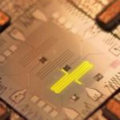

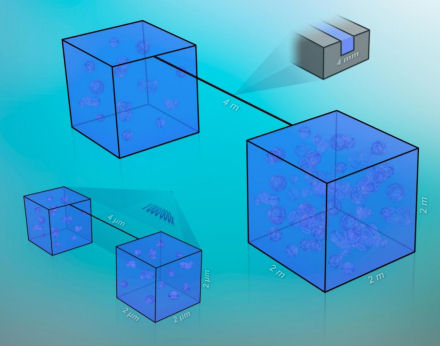
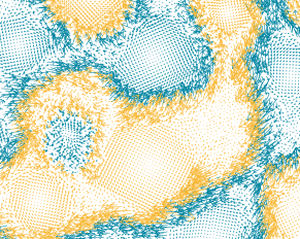
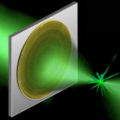
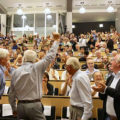






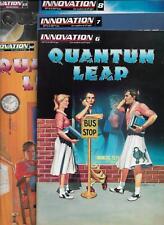


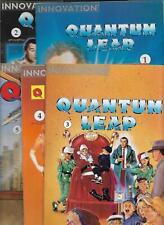

Comments are closed.